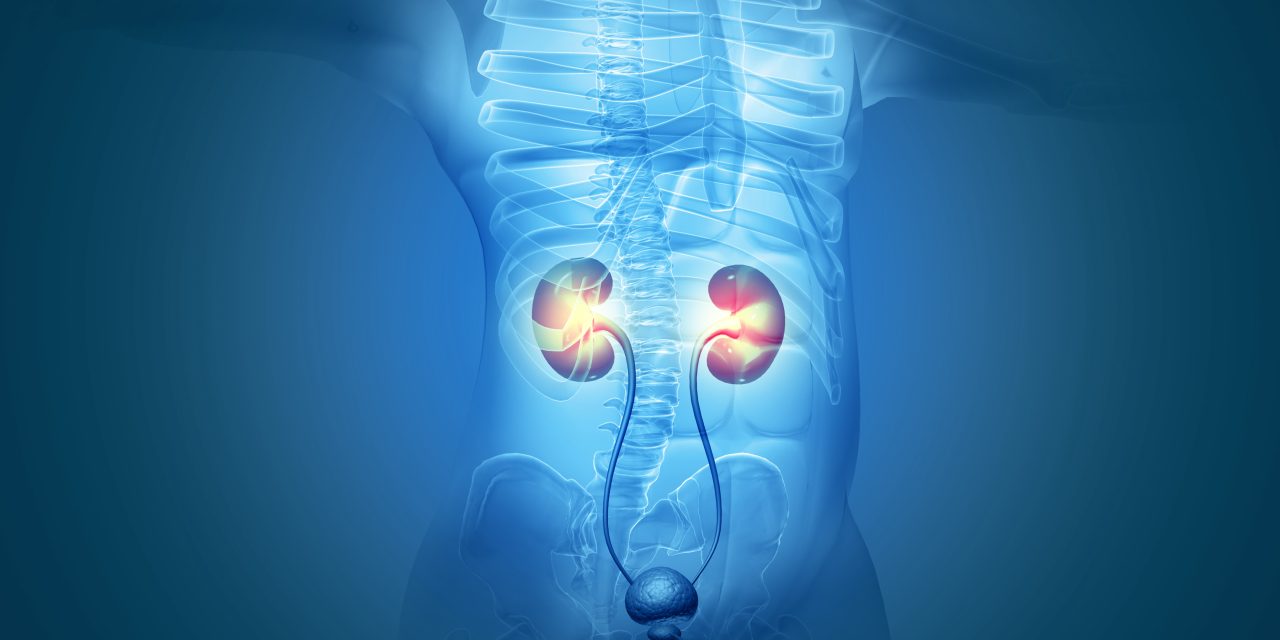The main aim of this study is To test contemporary rates and indicators of open change at negligibly intrusive (laparoscopic or mechanical) extremist prostatectomy (MIRP).
Within the National Inpatient Sample data set (2008–2015), we distinguished all MIRP patients and patients who went through open change at MIRP. To start with, assessed yearly rate changes (EAPCs) tried fleeting patterns of open transformation. Second, multivariable calculated relapse models anticipated open change at MIRP. All models were weighted and adapted to grouping, just as all accessible patient and clinic attributes.
Of 57,078 MIRP patients, 368 (0.6%) went through open transformation. The paces of open transformation diminished more than time (from 1.80% to 0.38%; EAPC: −26.0%; p = 0.003). In multivariable strategic relapse models foreseeing open change, patient corpulence (chances proportion [OR]: 2.10; p < 0.001), slightness (OR: 1.45; p = 0.005), and Charlson comorbidity file (CCI) ≥2 (OR: 1.57; p = 0.03) accomplished autonomous indicator status. In general contemporary (2008–2015) pace of open transformation at MIRP was 0.6% and it was hv unequivocally connected with patient corpulence, slightness, CCI ≥2, and emergency clinic careful volume. In result, these boundaries ought to be considered during preoperative patients advising, just as in clinical and regulatoryy dynamic.
Reference link- https://www.liebertpub.com/doi/10.1089/end.2020.0074


